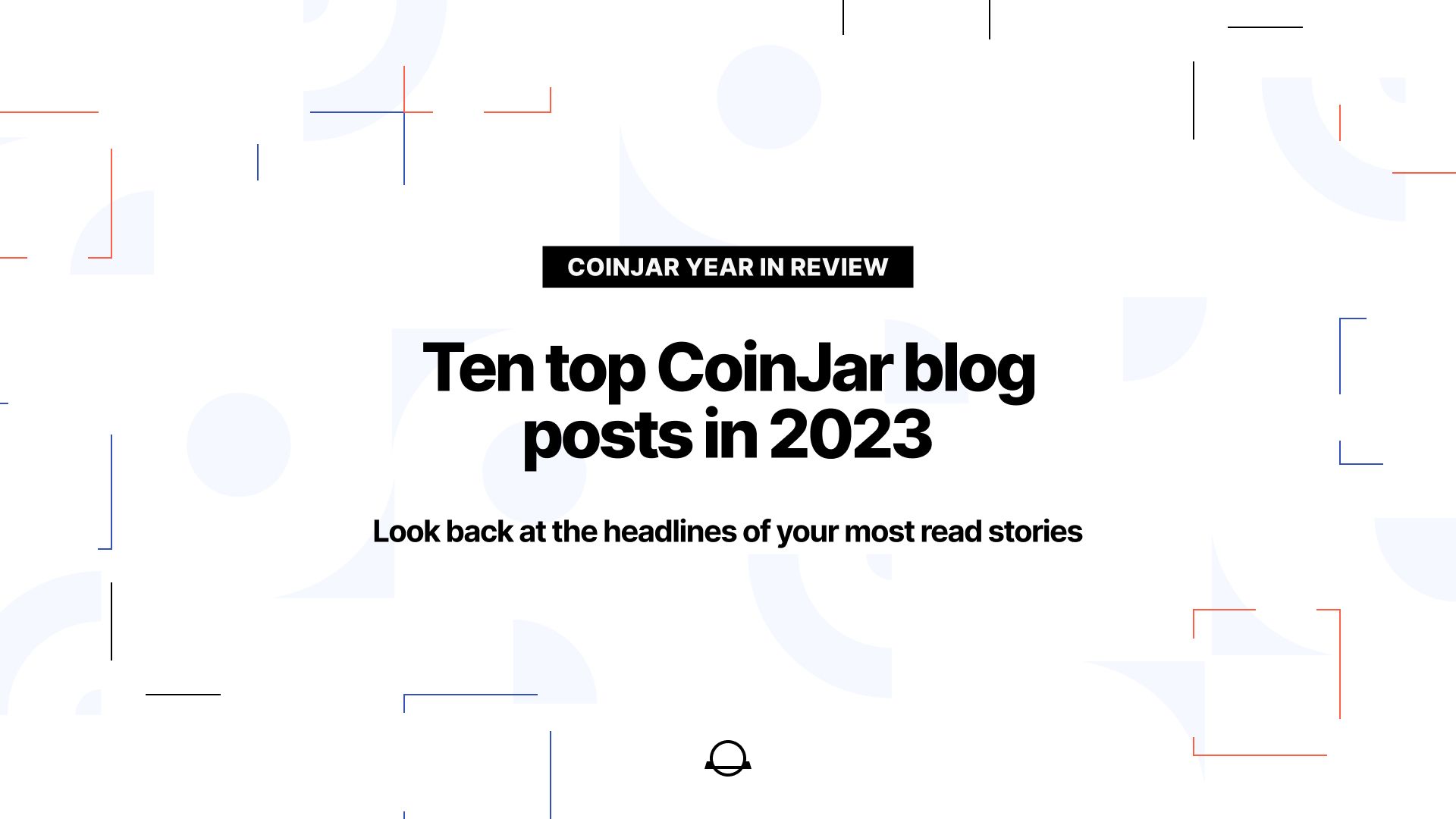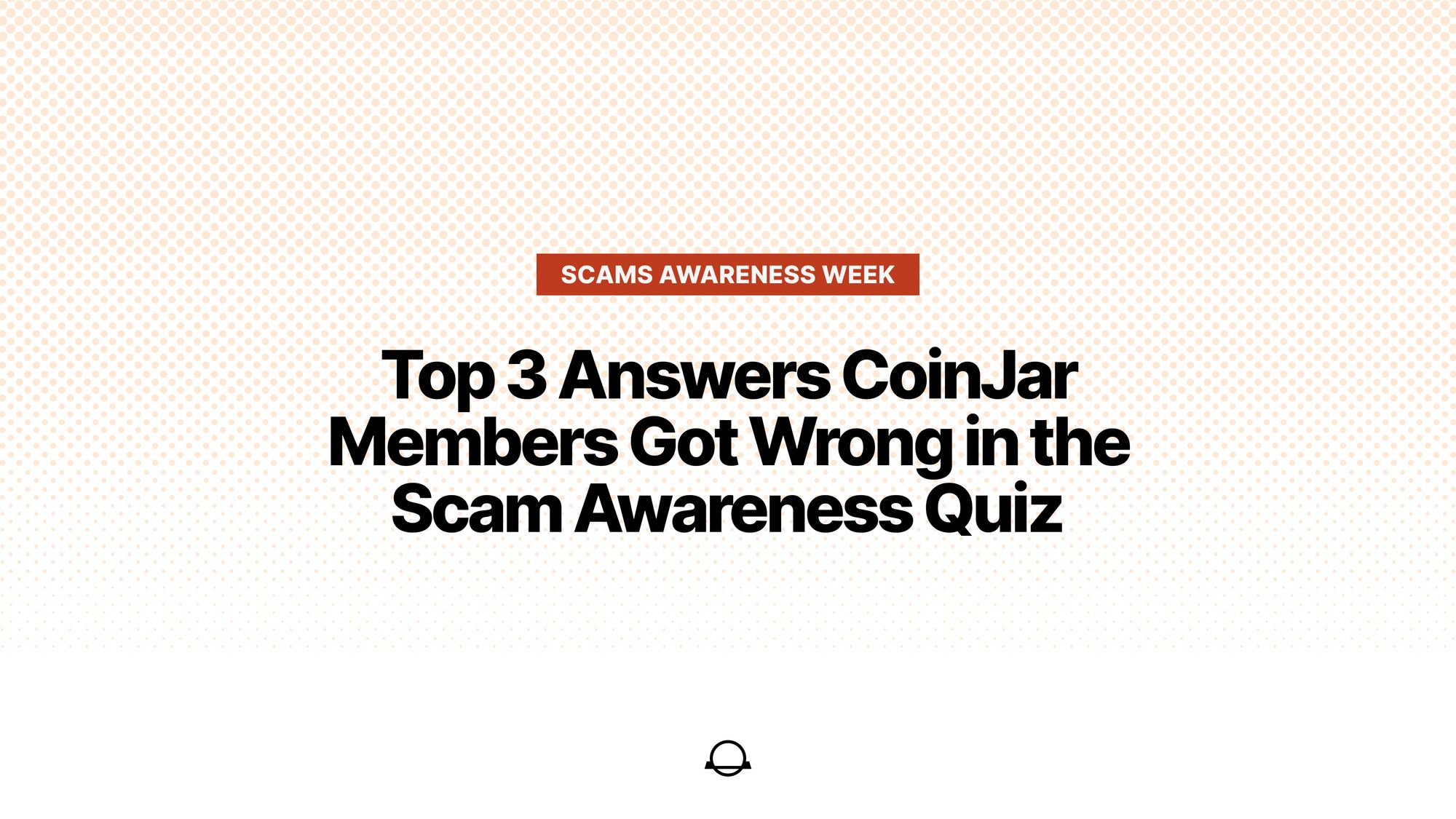The idea of an ETH killer has always been faintly ridiculous. But as SOL and AVAX surge and surge, this could be the cycle where the balance finally shifts.

The idea of an ETH killer has always been faintly ridiculous. But as SOL and AVAX surge and surge, this could be the cycle where the balance finally shifts.
When SBFís criminal empire came crumbling down last year, it seemed to put a bullet in the prospects of Solana, the much-hyped ETH killer whose primary purpose, it then appeared, was as a purpose-made liquidity spigot for said empire.
Never mind the 65,000+ TPS throughput, almost free transaction cost and flocks of high-quality developer talent working on it Ė being tied to Alameda was the crypto equivalent of having a couple of cinder blocks attached to your legs and being taken for a trip to the docks by a guy named Big Tony.
But crypto is a whole lot harder to kill than people give it credit for, and the price of Solana is up more than 500% since January. So, is this just a particularly violent dead cat bounce? Or is there something bigger coming for the crypto markets?
 GIPHY
GIPHYLook at dem crypto dweebs
For those revelling in the death of crypto, it was hard to find a more potent cautionary tale than SOL.
In January 2021, at the time of SBFís famous ďI'll buy as much SOL has you haveĒ tweet, the price was $3. At the peak of the madness that November, a single Solana token was worth $260. Once FTX collapsed 12 months later, the price fell as low as $9. For those playing at home, thatís an 8600% increase followed by a 97% decrease, all in less than two years.
(Again, it is absolutely boggling that SBF managed to end up billions in the hole when he was on the right side of these kinds of generational trades.)
However, look closer and the parallels with Ethereum are more than purely practical. During the 2017 bull run, ETH clocked a 14000% annual increase before collapsing 93%. Ethereum was both victim and instigator of that bubbleís violent collapse, yet looking back itís clear to see how it was also a function of the immaturity of the ETH ecosystem.
ETH quite simply wasnít ready for the things being built on it and the hopes that came with all that toil and hype. More fundamentally, people didnít quite know what it was for. Now Solana looks like it could be running the same cycle.
Layer after layer
While the proximate cause of the recent Solana boom would appear to be the prosecution and insultingly fast conviction of Sam Bankman-Fried, itís not alone as an over-performing ETH killer Ė fellow Layer 1 solution Avalanche is also up 300% in a month.
While the crypto scene is lousy with layer 1s, all purporting to do roughly the same thing but with Shinier Paint, what sets Solana and Avalanche apart can basically be summed up as ďcommunityĒ. Community is an ephemeral quality, sure, but itís a function of things being built and then used by people who care.
Community takes time to establish: Ethereum didnít have a lot of real community in 2018, so there was nothing to slow the collapse when it came. But a couple of years later, community was what built DeFi, DAOs, NFTs and everything else that emerged in that blazing time. No-oneís denying that ETH shared in the bad vibes of the past year, but itís already back at half its all-time high and there arenít many that can say the same.
So, SOL and AVAX have passed through their first cauterising inferno. Has the community theyíve built, and the apps theyíre now launching and using, set them up for prime time?
Trickle down economics
The current SOL and AVAX boom is a reminder that short-term price action is a largely immaterial part of a projectís success or failure. Indeed, talk to a lot of crypto developers and theyíll tell you that they prefer bear markets because they actually have time to do the work and make it good.
To be sure, these are very early days, and both ecosystems should be considered analogs of ETH in 2019, both from a technological and social standpoint. But the real story there was that ETHís subsequent runaway price appreciation was visited manyfold over on the DeFi protocols and NFT collections and dumb AF memecoins that followed in its wake.
Thereís obviously no guarantee that this ecosystem boom will result in the same kind of cascading effect. But if youíre yet to look more closely at whatís happening with Solana or Avalanche, now could be the time to do so.
Luke for CoinJar
UK residents: Donít invest unless youíre prepared to lose all the money you invest. This is a high?risk investment and you should not expect to be protected if something goes wrong. Take 2 minutes to learn more: www.coinjar.com/uk/risk-summary.
Cryptoassets traded on CoinJar UK Limited are largely unregulated in the UK, and you are unable to access the Financial Service Compensation Scheme or the Financial Ombudsman Service. We use third party banking, safekeeping and payment providers, and the failure of any of these providers could also lead to a loss of your assets. We recommend you obtain financial advice before making a decision to use your credit card to purchase cryptoassets or to invest in cryptoassets. Capital Gains Tax may be payable on profits.??
CoinJarís digital currency exchange services are operated in Australia by CoinJar Australia Pty Ltd ACN 648 570 807, a registered digital currency exchange provider with AUSTRAC; and in the United Kingdom by CoinJar UK Limited (company number 8905988), registered by the Financial Conduct Authority as a Cryptoasset Exchange Provider and Custodian Wallet Provider in the United Kingdom under the Money Laundering, Terrorist Financing and Transfer of Funds (Information on the Payer) Regulations 2017, as amended (Firm Reference No. 928767).













